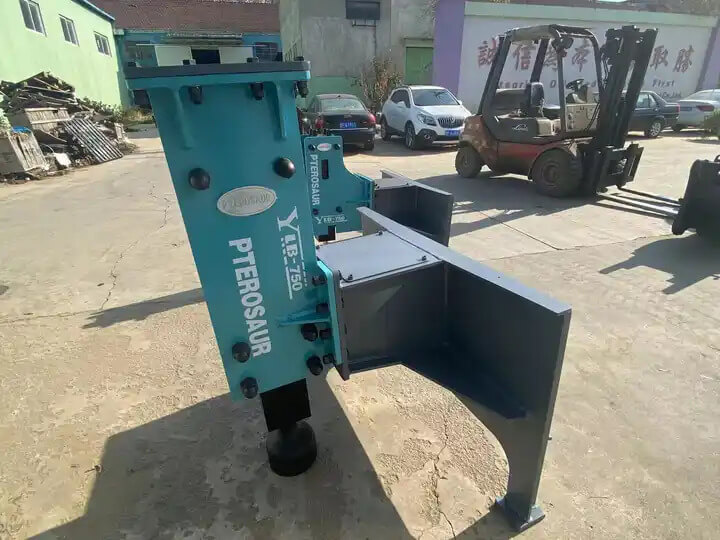Understanding Hydraulic Hammers: Applications and Innovations
Hydraulic hammers, also known as hydraulic breakers, are powerful tools essential in various construction and demolition applications. These machines utilize hydraulic power to deliver high-impact force, making them ideal for breaking concrete, rock, and other hard materials. In this article, we will explore the latest innovations in hydraulic hammer technology, their applications, and key considerations for selecting the right model for your project.
What is a Hydraulic Hammer?
A hydraulic hammer is a type of construction attachment that connects to an excavator or other heavy machinery. It operates by using hydraulic pressure to drive a piston that delivers rapid blows to the work surface. This mechanism provides a high power-to-weight ratio, allowing for effective demolition and drilling tasks. The versatility of hydraulic hammers makes them suitable for various applications, from small-scale projects to large-scale construction efforts.
Recent Innovations and Developments
Recent advancements in hydraulic hammer technology focus on enhancing performance, durability, and user ergonomics. For instance, companies like Baileigh Industrial and Hammer Europe are leading the way in the design and manufacture of hydraulic hammers that prioritize efficiency and longevity. The use of high-quality materials ensures that these tools can withstand the rigors of continuous use, making them a worthwhile investment for contractors.
Premium Class Series by Baileigh Industrial
Baileigh Industrial has introduced premium class hydraulic hammers that are designed for precision and durability. These machines hold exacting tolerances, ensuring consistent performance over time. Additionally, Baileigh provides expert technical support, making it easier for users to maintain their equipment and maximize productivity.
Takeuchi’s New Line of Hydraulic Hammers
Takeuchi has recently launched a new line of hydraulic hammers that are engineered for enhanced impact efficiency. The H55E model, for example, showcases improved energy delivery systems that optimize the hammer’s performance on various materials. This innovation reflects a broader trend towards developing tools that are not only powerful but also user-friendly.
Applications of Hydraulic Hammers
Hydraulic hammers are predominantly used in demolition, excavation, and construction. Their primary applications include:
- Demolition: Breaking down concrete structures, road surfaces, and other built environments.
- Excavation: Assisting in digging and breaking hard soil or rock during excavation projects.
- Pile Driving: Modern hydraulic hammers are also utilized in pile driving applications, efficiently installing and removing piles with minimal environmental impact.
Choosing the Right Hydraulic Hammer
When selecting a hydraulic hammer, several factors should be considered:
- Compatibility: Ensure that the hammer is compatible with your excavator or carrier machine.
- Weight and Size: Match the size of the hammer to the scale of your project; smaller hammers are ideal for tight spaces, while larger models are suitable for heavy demolition tasks.
- Power and Efficiency: Look for hammers with high impact energy and efficient hydraulic systems to reduce operational costs.
Conclusion
Hydraulic hammers are indispensable tools in the construction and demolition industries, offering unmatched efficiency and power. With ongoing innovations from manufacturers like Baileigh Industrial and Takeuchi, users can expect more durable and effective models that enhance productivity and ease of use. Whether you are a contractor handling large-scale projects or a hobbyist requiring a reliable tool, understanding the functionality and specifications of hydraulic hammers is crucial for achieving successful outcomes in your work.




































